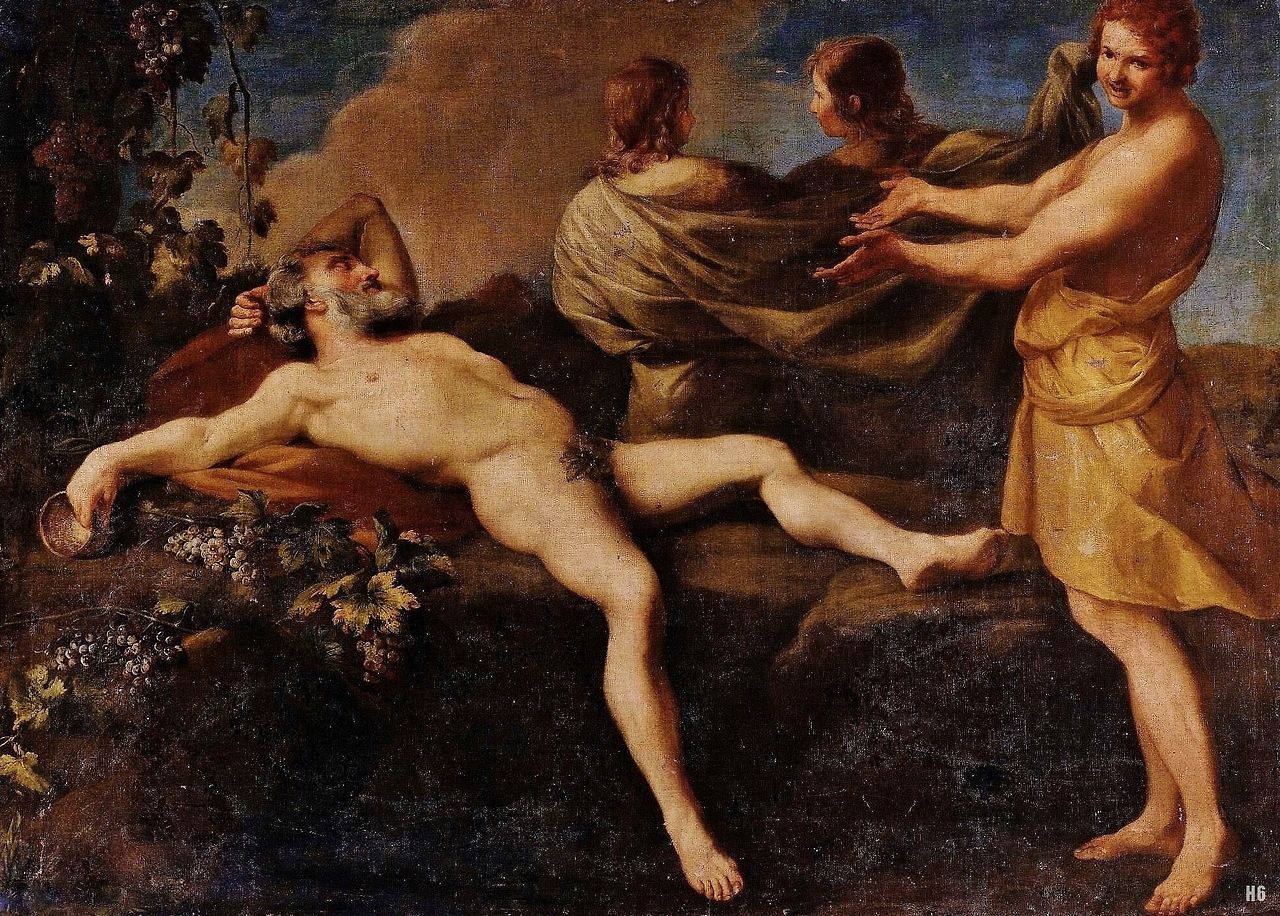Satyroi(satyrs) were rustic fertility spirits from the land and the wilderness and were consort of the nymphs, the goddesses of fertility.
Satyroi are depicted with long hair, a reclining hairline, long legs, and long arms and usually with a long tail. They were the spirits of nature, the forest, and the mountains, often associated with the goddesses of fertility, the nymphs, and their companions.
In ancient times, these creatures were closely associated with the god Dionysus and had lascivious character, which was usually represented with upright phalluses. As companions of Dionysus, they were mostly shown playing the flute and the Maenads wore a big mop of hair as well as big breasts and big eyes. They were so powerful that their sudden appearance would terrify shepherds and travelers.
The ancient Celts believed in dusii, which were hairy demons believed to occasionally take on human form and seduce mortal women.
The Illyrians are said to have believed in a satyr-like creature called Deuadai. The Celtic folklore, to which the satyrs , sileni, and other goddesses of the Hellenistic era belonged, was partly human and partly goat.
They were also compared to the jinns of pre-Islamic Arabia, who were considered animals that could sometimes change into other forms, including human ones. Like the satyrs, they were often also trick-or-treating, mischief-makers and dancers.
In archaic classical Greek art, the ears and tail of a satyr are shown. The Greek satyrs have a longer tail than the goats and shorter ears as well as shorter legs and tails.
The upright phalli represent the wine woman, the fertility goddess, and mother of all gods and goddesses, as well as the wine goddess.
The satyrs were not necessarily gods per se, but nature spirits known as nymphs, who chased after their male counterparts. To the Romans, they were known as Dusios, to the Greeks as Nymphus, a nature spirit.
The first mention comes from Hesiod, where he describes it simply as a race that is “good for nothing practical,” which sets the tone for what we have always associated with satyrs or Satyroi and the other faunas of Greek mythology.
Both Fauns and Satyrs were soldiers of their respective gods and could be vicious in combat, but both races were also notorious for their amorous advances toward women. Roman mythology, the clear association of goats, blurs the different satyr and fauna. Many stories tell of the various heroes and gods who defended the honor of virgins, and the race was also notorious for its amoral advances toward women and its sexual conquests.




